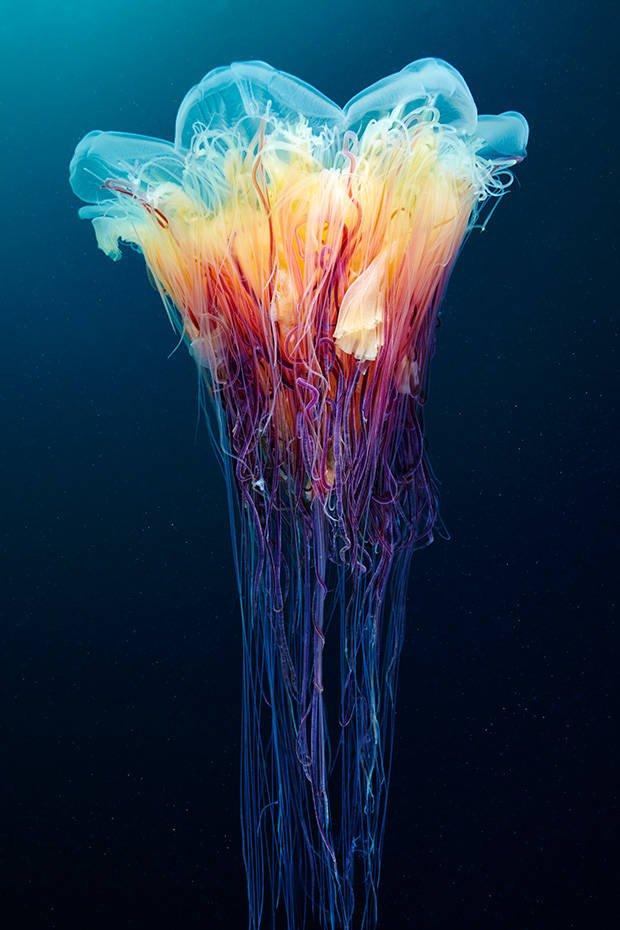अस्कोट वन्य जीव अभयारण्य (मस्क डियर)
I am in Love, You are in Love He is in Love, She is in Love Koi Hai Aashiq, Koi Mahboob Hai Ye Duniya Khoob Hai, Ye Duniya Khoob Hai
Monday, June 14, 2021
कस्तूरी मृग - इस दुर्लभ पशु की नाभि से बहती है सुगंधित धारा
अस्कोट वन्य जीव अभयारण्य (मस्क डियर)
Sunday, June 6, 2021
Stunning Photos Of Jellyfish
Stunning Photos Of Jellyfish - Glimpse At Magical World
Jellyfish and Sea Jellies are the informal common names given to the Medusa-Phase of Certain Gelatinous Members of the Subphylum Medusozoa, a Major Part of the Phylum Cnidaria.
Jellyfish are mainly Free-Swimming Marine Animals with Umbrella-Shaped Bells and Trailing Tentacles, although a few are Anchored to the Seabed by Stalks rather than being Mobile. The Bell can pulsate to provide propulsion for Highly Efficient Locomotion.
The Tentacles are armed with Stinging Cells and may be used to capture Prey and defend against Predators. Jellyfish have a complex life cycle. The Medusa is normally the sexual phase, which produces Planula Larva that disperse widely and enter a sedentary Polyp Phase before reaching Sexual Maturity.
How far would you go to get the perfect shot?
Friday, June 4, 2021
Cute Animals Of Hokkaido Japan
Hokkaido, The Large Island at Japan’s northern end, is home to populations of Adorable Little Critters that can’t be found anywhere else in Japan. There are 7 Cute Little Critters in particular that you will absolutely fall in love with!
Ezo Momonga
Shima-Enaga
The Shima-Enaga is a type of Long-Tailed Tit that lives only in Hokkaido. Unlike the Northern long-tailed tits in the rest of Japan, this one doesn’t have brown “eyebrows” – its face is completely white.
Hokkaido Red Fox
Hokkaido Red Squirrel
Ezo Naki Usagi
Iizuna
Ezo Fukuro
Saturday, May 29, 2021
New Mysterious Tarantula-Like Spider Identified
An Elusive Spider related to the Tarantula just joined the ranks of Recognized Spiders.






















































